ABOUT RHINOPLASTY
Rhinoplasty is done under local anesthesia and sedation. It lasts an average of an hour and a half and is handled on an outpatient basis, that is, it can be taken home after surgery. There is no need to remove stitches and plugs are no longer left inside the nose, only a small transparent acrylic splint is placed for 4 or 5 days at the end of which you can return to your daily life.
“Rhinoplasty is the most perfect of plastic surgeries, since under ideal conditions, it is the only one that does not leave a visible scar. It is the surgery that most changes the personality of the patient who undergoes it.”
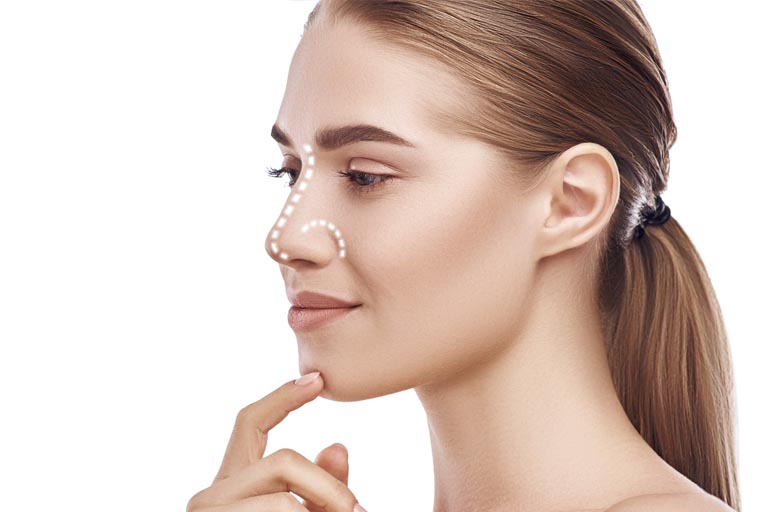
Tipos
- Esthetic Rhinoplasty:
Corrects the cosmetic defect - Functional Rhinoplasty:
Corrects the problem to breathe - Open Rhinoplasty:
Corrects the problem of breathing - Closed Rhinoplasty:
Corrects the problem to breathe
Candidates
Age: 15 or 16 years old when nasal growth has almost reached its end.
Recommendations
Patients should return to the surgeon 6 months later to ensure that the tissues do not show any residual inflammation or scarring.
ABOUT LIFTING
It is a surgical procedure used to reduce sagging of the face, expression lines and signs of advanced age. Lifting will improve the appearance of the forehead, face and neck. Lifting can help refresh your facial appearance by rejuvenating your appearance.
“Lifting can be an effective way to improve that fatigued appearance and boost self-confidence and self-esteem, but it is not for everyone.”
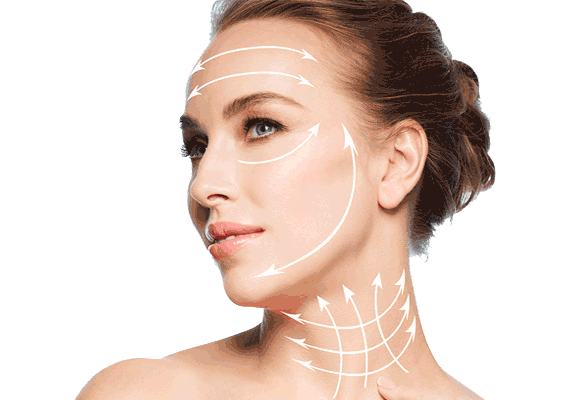
Surgery
It is performed under local anesthesia and sedation and requires a cardiological evaluation as well as some blood tests, for your safety. The patient is left overnight in the hospital. You must convalesce at home for at least two weeks due to swelling and bruising of the skin, so avoid the sun after surgery.
Candidates
Men and Women.
This does not depend on age but on the condition and condition of the skin. It is obvious that the younger you do a lift, the results will be much better.
Recommendations
Lifting discomfort is minimal.
The initial results will begin to be noticed during the first month, but the final result will be seen until six months have passed.
ABOUT BLEPHAROPLASTY
Generally the surgery is 1 to 3 hours depending on the degree of surgery. In a typical procedure, the surgeon makes incisions that follow the natural lines of your eyelids: the creases of your upper eyelids and just below the lashes on the lower eyelid.
“Eyelid surgery (technically known as blepharoplasty) is a procedure used to remove fat, usually along with excess skin and muscle from the upper and lower eyelids.”

Type of anesthesia used
- Local Anesthesia:
Eyelid surgery is generally performed under local anesthesia which numbs the area around the eyes along with oral or intravenous sedatives. You will be awake during the surgery but you will be relaxed and numb to pain.
Candidates
Physically healthy Men and Women.
Possibility of risk to patients with medical conditions:
- Thyroid problems (hyperthyroidism and Graves’ disease)
- Lack of moisture
- Lack of tearing
- High blood pressure or other circulation disorders, cardiovascular disease, and diabetes.
Recommendations
Wear sunglasses and apply special eyelid protector.
Keep your activities to a minimum for three to five days
Avoid activities that increase blood pressure
Avoid alcohol
ABOUT MENTOPLASTY
There are people who have a retracted chin or chin, that is to say, small and not very visible, while others have an excessive and very protruding large chin. The chin is an important part of a person’s profile, as well as their facial balance.
Patients who want an aesthetic improvement and the appropriate proportion of facial features can benefit from the increase or decrease of the chin or chin, to make it proportional to the rest of the face.
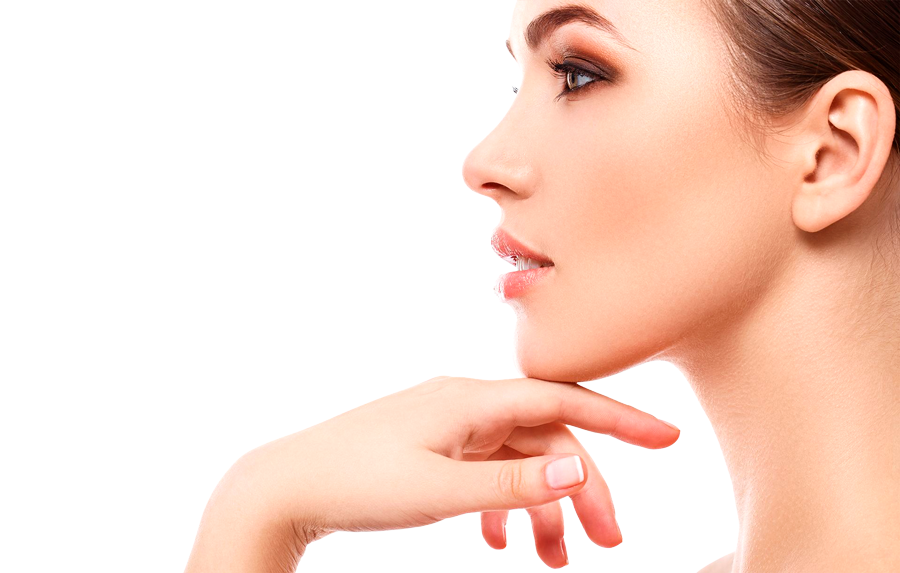
Chin Augmentation
To insert the implant, a small incision is made in the skin below the chin.
This surgery is done under local anesthesia and sedation and is outpatient.
The chin can also be augmented by infiltrating the patient’s fat, using the lipoinjection technique.
Chin reduction
To reduce an overly prominent chin or correct asymmetries, it will be necessary to scrape or cut the bone (osteotomy) through an incision located inside the mouth.
ABOUT OTOPLASTY
Otoplasty is generally performed under local anesthesia plus sedation.
The objective is to produce an anatomically proportioned and natural ear, restoring or maintaining the grooves such as the helix and antehelix and the shell of the ear.
“Alterations in the shape or size of the ears can create a feeling of great discomfort for the patient, who even chooses to hide them under the hairstyle.”
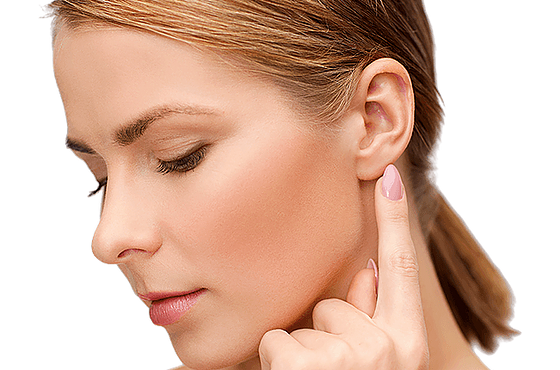
Techniques
Weakening of the cartilage of the ear:
Allows to modify its shape. .Application of stitches
To approximate the cartilage..
Candidates
Age: 8 years and up
Recommendations
During the post-operative period, the use of elastic bands or tapes is frequent.
During sleep and at the same time they prevent the patient, while sleeping, from being able to mobilize the area.
LIP INCREASE
Cheiloplasties of advancement of the inner surface of the lip towards the outside, is a surgical procedure that has its indications and limitations, without the existence of any external scar.
“Dr. Marcos-Fahme will suggest the most suitable method according to your needs and preferences.”
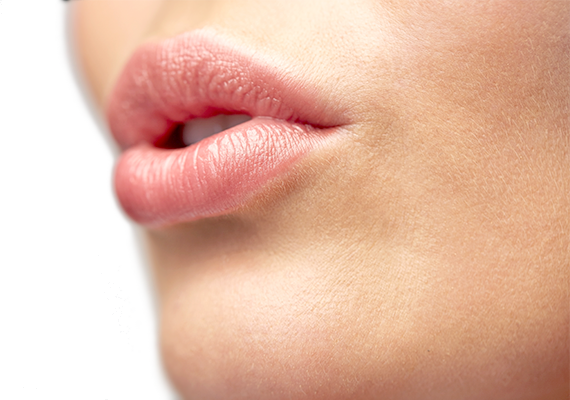
Temporary techniques
- Hyaluronic acid augmentation
Does not require prior tests, since the possibility of allergies or rejection is minimal. - Increase with collagen
Its duration is much shorter.
It requires a previous test to detect possible allergies, so it is hardly used anymore.
Permanent techniques
Fat lipograft
Implantation of the patient’s own dermis (skin)
ANESTHESIA
Most Plastic Surgery procedures are performed with local anesthesia and sedation or by epidural blocks, such as when you have a delivery or cesarean section.
All these measures are intended to reduce the risks of anesthesia and make Plastic Surgery a pleasant experience.
“Nowadays anesthesia has progressed in such a way that it is almost impossible to present secondary complications.”

Types of anesthesia
Local anesthesia and sedation
It is used for face, eye and nose surgery are performed throughBlocking
It is used for bust, abdomen and liposuction surgeries
Candidates
Physically healthy men and women..
recommendations
You must undergo a complete physical evaluation, blood tests and radiological studies and a cardiology evaluation.
We must tell our anesthesiologist about adverse reactions to certain medications or anesthesia
